The total cost of 2022 midterm elections is projected to exceed $9.3 billion, according to an early, conservative estimate by OpenSecrets. More than $4.8 billion has already been spent on 2022 midterms, setting federal election spending on track to surpass the inflation-adjusted 2018 midterm record of $7.1 billion.
“We’re seeing much more money, more candidates and more political division than we did in 2018,” said OpenSecrets Executive Director Sheila Krumholz. “Spending is surging across the board this midterm cycle, fueling a polarization vortex that shows no signs of slowing.”
That $4.8 billion figure includes spending disclosed to the Federal Election Commission by candidates, political parties, political action committees and other groups during the 2022 midterm election cycle as of Sept. 20, 2022. Total spending will likely jump in mid-October, as most third-quarter filings are not due to the FEC until Oct. 15, the first disclosure deadline for most federal candidates since mid-year disclosures were filed.
While OpenSecrets’ $9.3 billion estimate is slightly less than the $9.9 billion – adjusted for inflation – spent on U.S. congressional races in the 2020 election cycle, 2022 election spending is on pace to exceed the $8 billion in inflation-adjusted spending on congressional and presidential races during the 2016 election cycle.
During the so-called “ Blue Wave ” of 2018, voters flipped the U.S. House to Democratic control in apparent reaction to the first two years of former President Donald Trump ’s administration, although Republicans maintained control of the Senate. Democrats outspent Republicans in the 2018 midterms, and Republicans are spending big this cycle for what they hope will be a “ Red Wave.”
Republicans are still slightly favored to win the House, but Democrats are currently favored to keep control of the Senate, according to FiveThirtyEight, the polling opinion website affiliated with ABC News.
Over half of the $4.8 billion spent has come from Republican candidates and the groups supporting them as they seek to flip the U.S. House and Senate. Democrats currently control the 100-person Senate by a narrow 50-member majority – including two independents that caucus with the Democrats – with Vice President Kamala Harris as the tie breaking vote.
Spending is up across the board from the same point during the 2018 election cycle. House candidates are spending around 30% more than they spent at this point in 2018, and Senate candidates have more than doubled their 2018 spending through the same period. The Republican National Committee and the Democratic National Committee have spent about $163 million more this election cycle than they had at this point in the 2018 cycle, and outside spending groups have shelled out $280 million more – a 40% increase.
Democrats head into the general election with bigger war chests
While Republican candidates, committees and the outside groups supporting them reported spending more money than Democratic political actors as of Sept. 20, those Democratic candidates and committees have outraised Republican political actors. Democrats have bigger war chests heading into the final weeks before the general election, with $1.3 billion combined on hand compared to $1.1 billion in the coffers of Republican candidates, committees and outside groups.
“One big element here is that Senate Republican primaries were incredibly expensive,” said Sarah Bryner, research director at OpenSecrets. “There's just been a ton of money at the beginning of the election, prior to even getting to the general.”
The top 10 most expensive congressional races tracked by OpenSecrets this election cycle are all U.S. Senate contests in battleground states, and three of the top 10 are considered toss-ups by the nonpartisan Cook Political Report. Political candidates and the outside groups supporting or opposing them have poured over $856.2 million into these races so far during the 2022 midterm election cycle.
In two of the most expensive Senate races – Georgia and Nevada – Democrats and the groups supporting them are outspending Republican candidates and outside groups. The races in Georgia and Nevada could determine control of the chamber in 2022 midterms, a New York Times analysis of polling data found, likely driving up spending in the states.
Some Republican primaries attracted significantly more spending than in 2018. Previous top spending Senate primaries saw outside spending in the teens, but nearly $40.4 million flowed into the 10-person GOP Senate primary in Ohio. An endorsement from Trump and the large influx of outside spending supporting U.S. Senate candidate J.D. Vance in Ohio was the “one-two-punch” that Bryner believes helped him secure the GOP nomination.
Outside groups also poured $37.8 million into the Pennsylvania GOP primary. GOP primaries in Missouri and Alabama saw outside spending top $20 million.
“It’s hard to predict anything, impossible to predict anything, because of Citizens United,” Bryner added, referring to the controversial 2010 Supreme Court decision that removed restrictions on spending by corporations that paved the way for massive outside spending. “If that didn’t exist, we wouldn’t have these conversations. It would be much more predictable.”
Democratic candidates also have a cash advantage heading into the general election despite fielding fewer candidates, according to an OpenSecrets analysis of federal campaign disclosures. Among the six national party committees, Democrats reported $59 million more cash on hand as of Aug. 31 than their Republican counterparts.
Small and megadonors drive fundraising in the 2022 midterm elections
Democrats and committees supporting them received more than $640 million of the $1.2 billion raised from small individual donors who gave $200 or less, while Republicans and political groups supporting them received $533.6 million in contributions from small-dollar donors.
Individual donors contributing $200 or less account for a greater share of money raised during the 2022 election cycle than in recent midterm cycles. Those small donors make up 21% of all funds raised by candidates and political committees at this point in the 2022 election cycle, up from about 17% during the entire 2018 midterm election cycle and almost 16% during the 2014 midterm cycle.
The top seven GOP megadonors have contributed nearly $222.7 million to Republican candidates and outside groups. Of the $185.8 million given by the top three Democratic megadonors, $128 million has come from Democratic megadonor George Soros, the top individual donor this election cycle and a frequent target of anti-semitic attacks from conservative pundits and politicians. Fund for Policy Reform, a 501(c)(4) funded by Soros, has given an additional $25 million to super PACs during the 2022 election cycle.
“There are still very active megadonors – George Soros, Ken Griffin, Richard Uihlein – and then also new ones like Sam Bankman-Fried from industries on the rise like cryptocurrency,” Bryner said.
Bankman-Fried, the billionaire founder of the cryptocurrency trading platform FTX, quickly spent his way onto OpenSecrets’ top individual donor list, mainly by contributing $27 million to his Carey committee, Protect Our Future PAC, which aims to support Democratic candidates that could prevent the next pandemic including Generation Z candidate Maxwell Frost in Florida’s 10th Congressional District.
FTX co-CEO Ryan Salame and his wife also topped the individual donor list in part by bankrolling his own Carey committee, American Dream Federal Action, which boosts conservative candidates. The Salames also made large contributions to Defending Main Street PAC, which typically aims to elect moderate Republicans, and GMI PAC, which launched in fall 2021 to support candidates who support a “more secure, competitive, and innovative digital marketplace.”
The crypto industry ramped up its political contributions during the 2022 midterm election cycle as Congress weighs regulations.
This article was researched and reported by OpenSecrets.

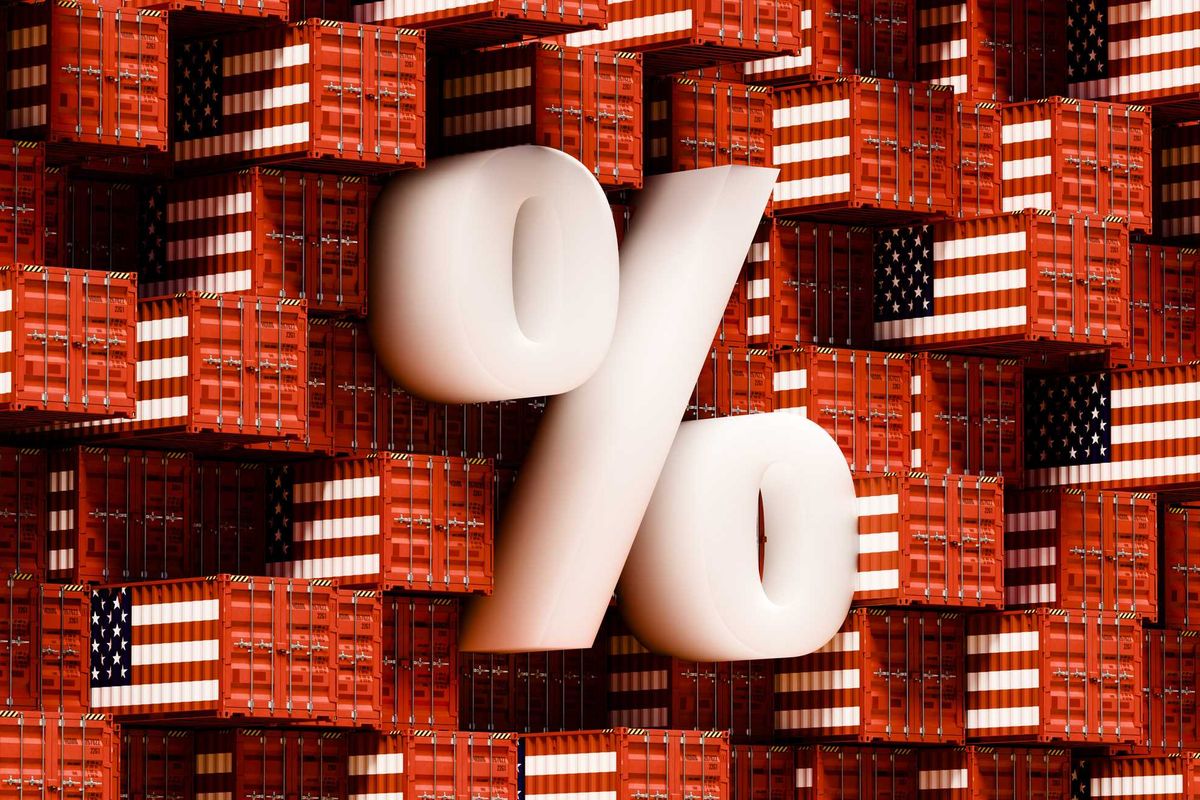
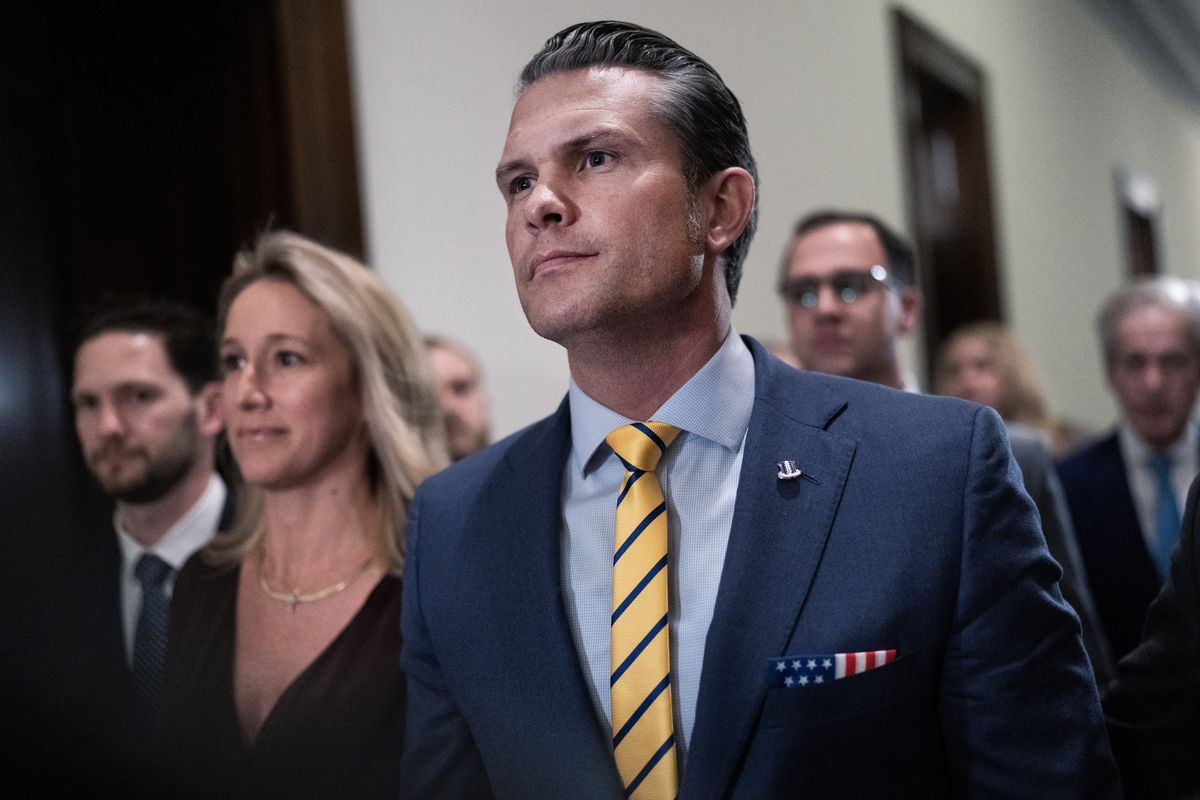

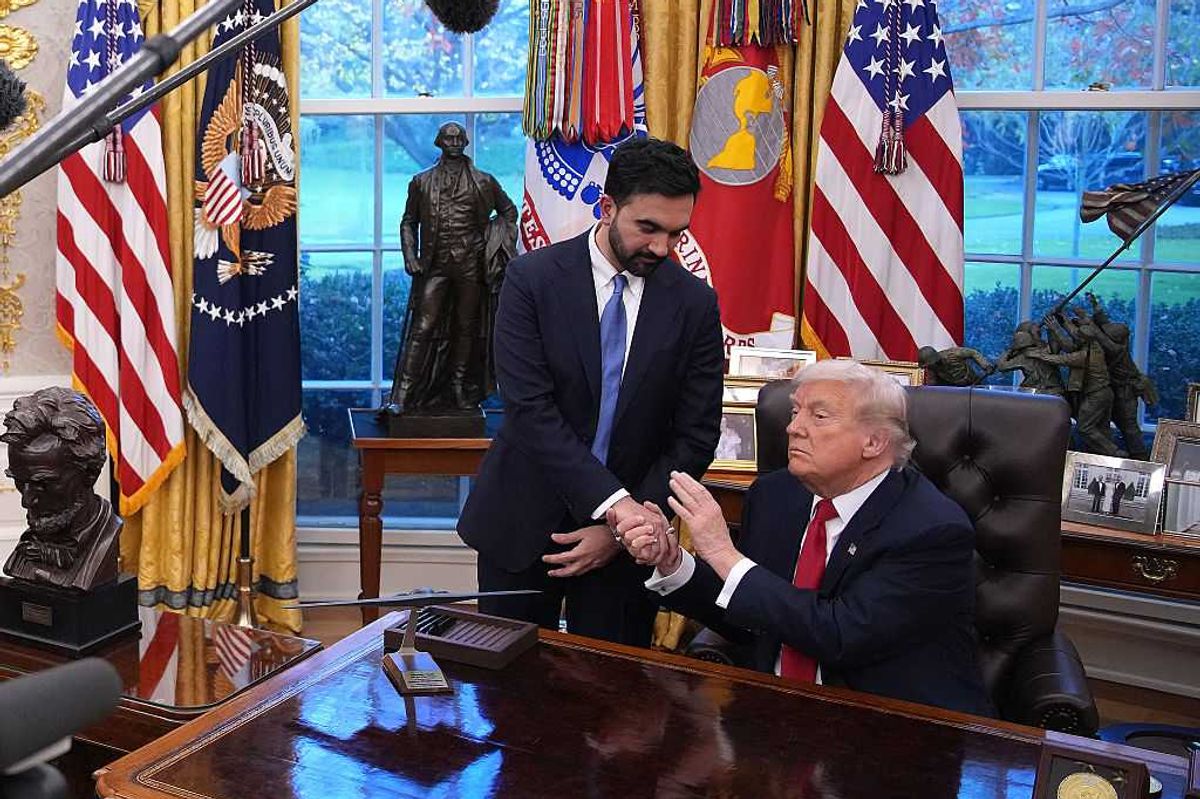
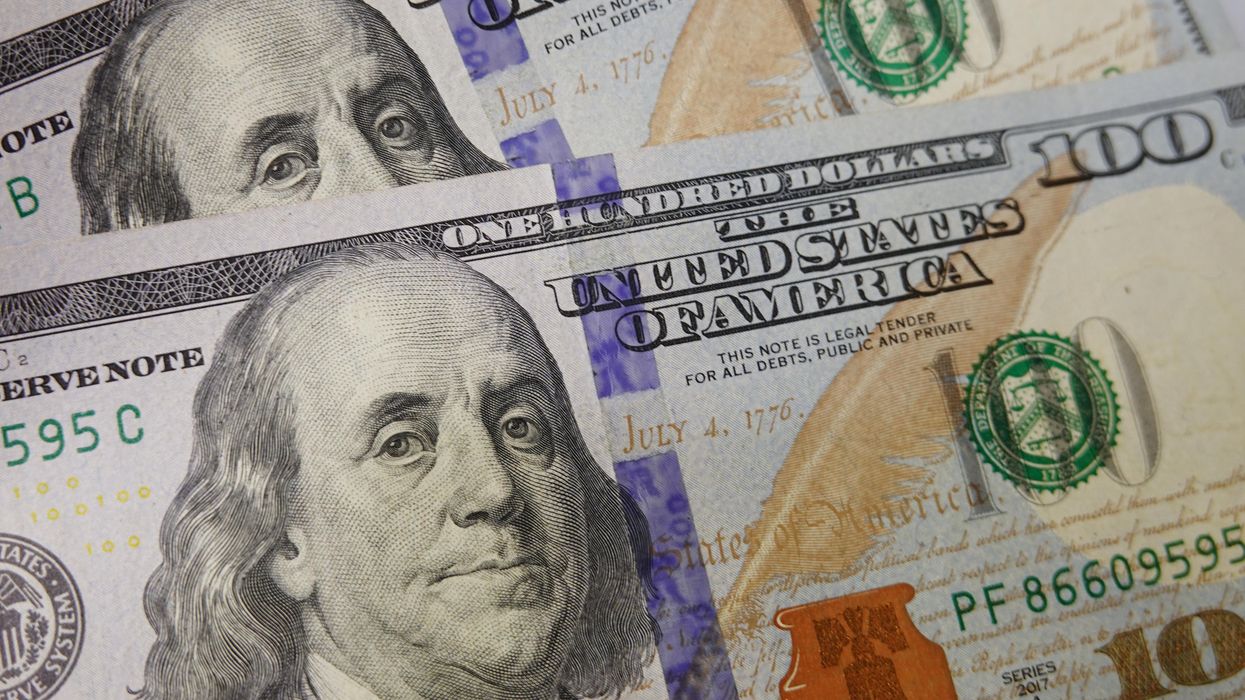
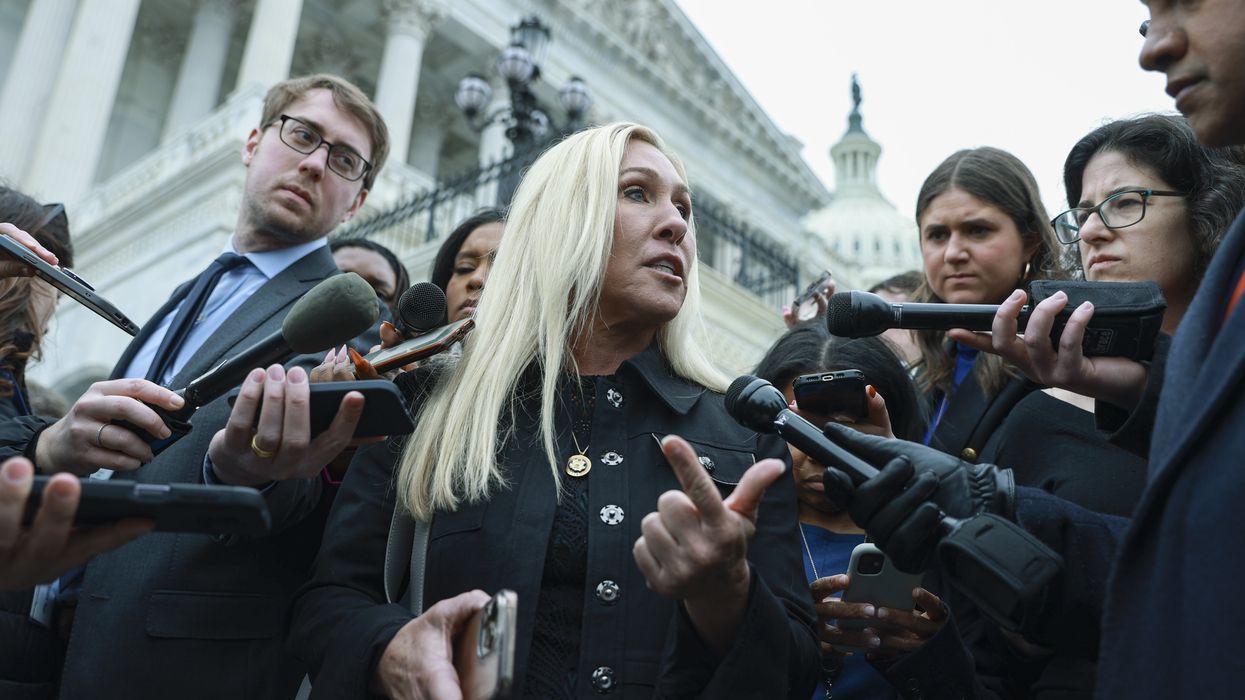

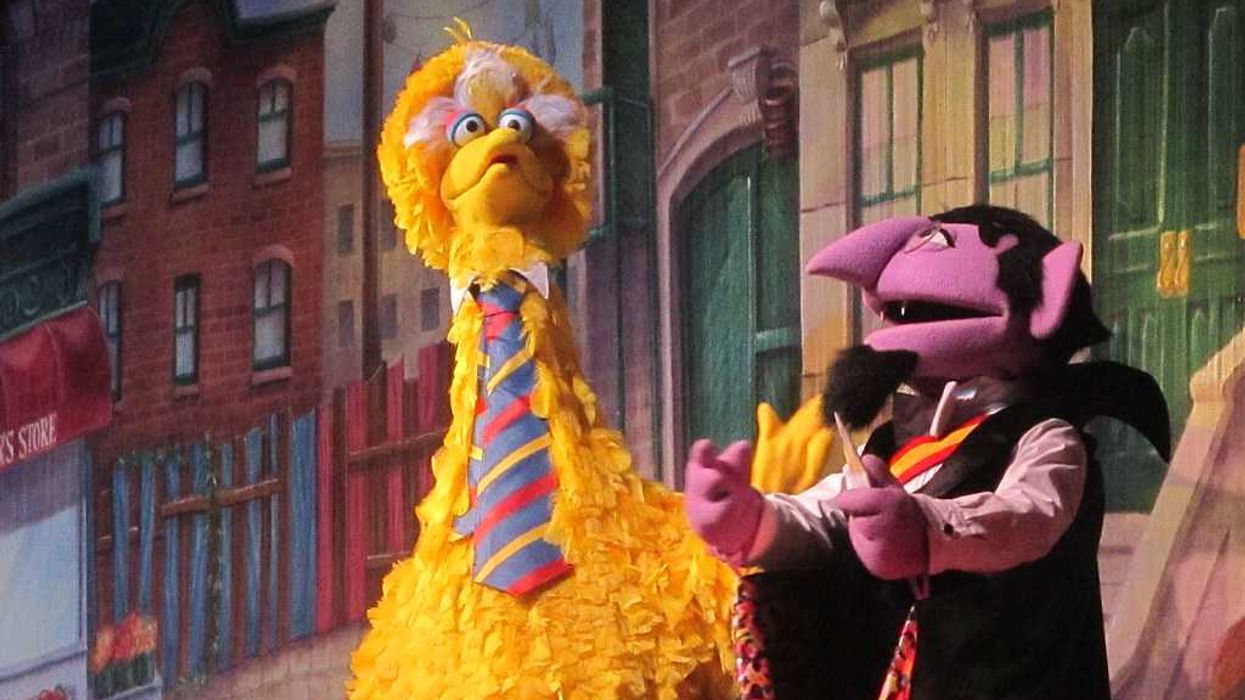






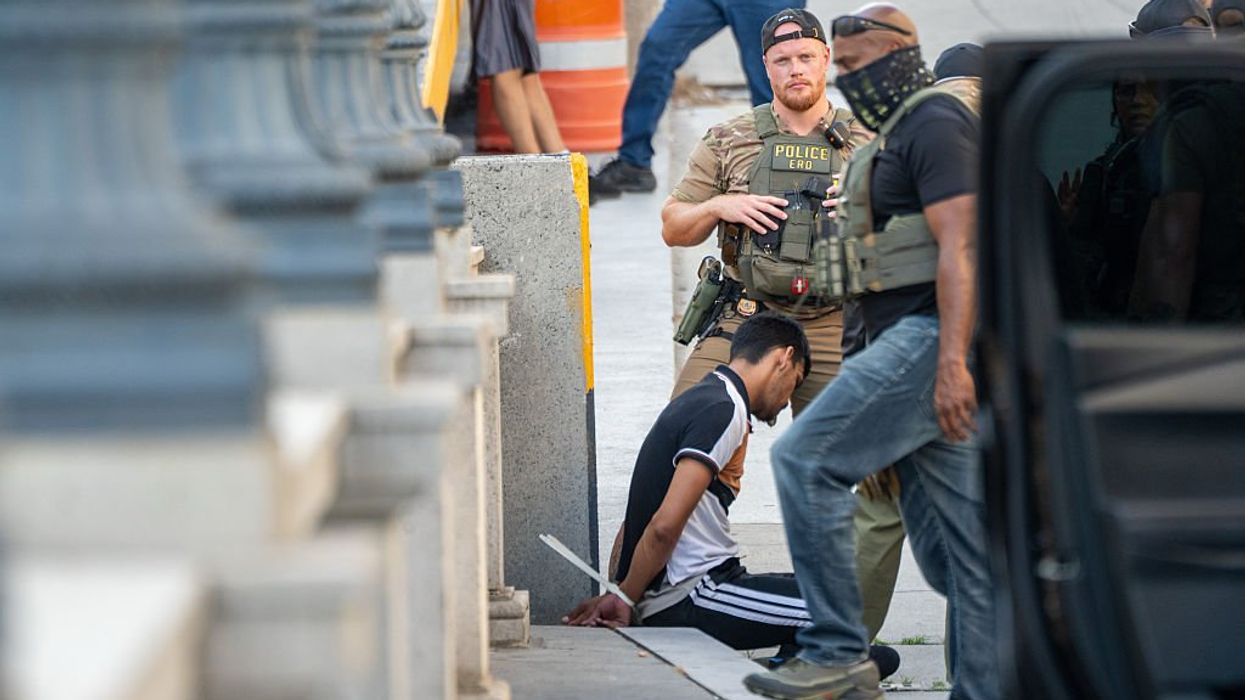


A deep look at how "All in the Family" remains a striking mirror of American politics, class tensions, and cultural manipulation—proving its relevance decades later.
All in This American Family
There are a few shows that have aged as eerily well as All in the Family.
It’s not just that it’s still funny and has the feel not of a sit-com, but of unpretentious, working-class theatre. It’s that, decades later, it remains one of the clearest windows into the American psyche. Archie Bunker’s living room has been, as it were, a small stage on which the country has been working through the same contradictions, anxieties, and unresolved traumas that still shape our politics today. The manipulation of the working class, the pitting of neighbor against neighbor, the scapegoating of the vulnerable, the quiet cruelties baked into everyday life—all of it is still here with us. We like to reassure ourselves that we’ve progressed since the early 1970s, but watching the show now forces an unsettling recognition: The structural forces that shaped Archie’s world have barely budged. The same tactics of distraction and division deployed by elites back then are still deployed now, except more efficiently, more sleekly.
Archie himself is the perfect vessel for this continuity. He is bigoted, blustery, reactive, but he is also wounded, anxious, and constantly misled by forces above and beyond him. Norman Lear created Archie not as a monster to be hated (Lear’s genius was to make Archie lovable despite his loathsome stands), but as a man trapped by the political economy of his era: A union worker who feels his country slipping away, yet cannot see the hands that are actually moving it. His anger leaks sideways, onto immigrants, women, “hippies,” and anyone with less power than he has. The real villains—the wealthy, the connected, the manufacturers of grievance—remain safely and comfortably offscreen. That’s part of the show’s key insight: It reveals how elites thrive by making sure working people turn their frustrations against each other rather than upward.
Edith, often dismissed as naive or scatterbrained, functions as the show’s quiet moral center. Her compassion exposes the emotional void in Archie’s worldview and, in doing so, highlights the costs of the divisions that powerful interests cultivate. Meanwhile, Mike the “Meathead” represents a generation trying to break free from those divisions but often trapped in its own loud self-righteousness. Their clashes are not just family arguments but collisions between competing visions of America’s future. And those visions, tellingly, have yet to resolve themselves.
The political context of the show only sharpens its relevance. Premiering in 1971, All in the Family emerged during the Nixon years, when the “Silent Majority” strategy was weaponizing racial resentment, cultural panic, and working-class anxiety to cement power. Archie was a fictional embodiment of the very demographic Nixon sought to mobilize and manipulate. The show exposed, often bluntly, how economic insecurity was being rerouted into cultural hostility. Watching the show today, it’s impossible to miss how closely that logic mirrors the present, from right-wing media ecosystems to politicians who openly rely on stoking grievances rather than addressing root causes.
What makes the show unsettling today is that its satire feels less like a relic and more like a mirror. The demagogic impulses it spotlighted have simply found new platforms. The working-class anger it dramatized has been harvested by political operatives who, like their 1970s predecessors, depend on division to maintain power. The very cultural debates that fueled Archie’s tirades — about immigration, gender roles, race, and national identity—are still being used as tools to distract from wealth concentration and political manipulation.
If anything, the divisions are sharper now because the mechanisms of manipulation are more sophisticated, for much has been learned by The Machine. The same emotional raw material Lear mined for comedy is now algorithmically optimized for outrage. The same social fractures that played out around Archie’s kitchen table now play out on a scale he couldn’t have imagined. But the underlying dynamics haven’t changed at all.
That is why All in the Family feels so contemporary. The country Lear dissected never healed or meaningfully evolved: It simply changed wardrobe. The tensions, prejudices, and insecurities remain, not because individuals failed to grow but because the economic and political forces that thrive on division have only become more entrenched. Until we confront the political economy that kept Archie and Michael locked in an endless loop of circular bickering, the show will remain painfully relevant for another fifty years.
Ahmed Bouzid is the co-founder of The True Representation Movement.